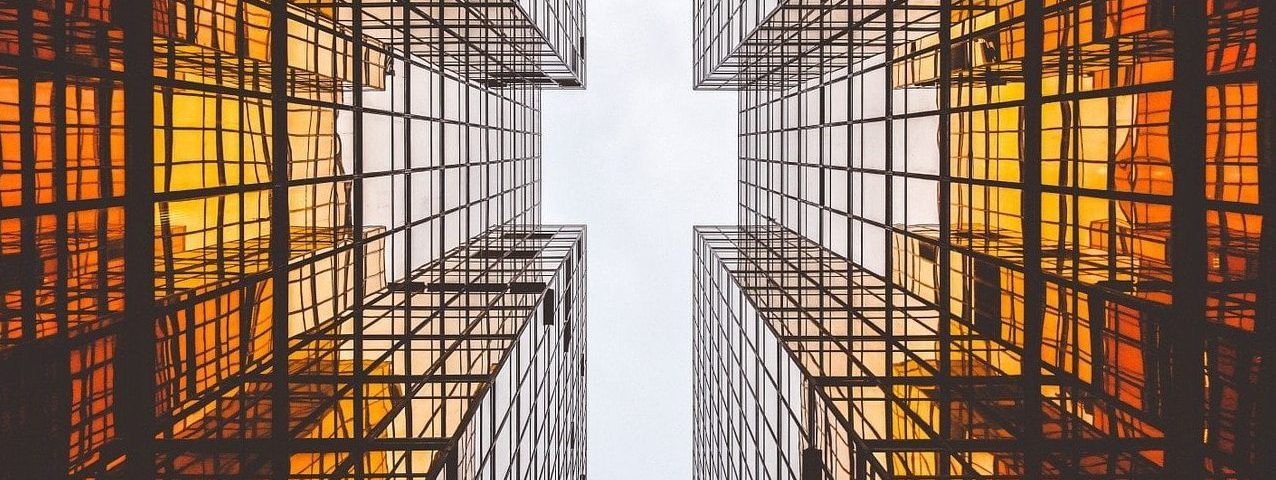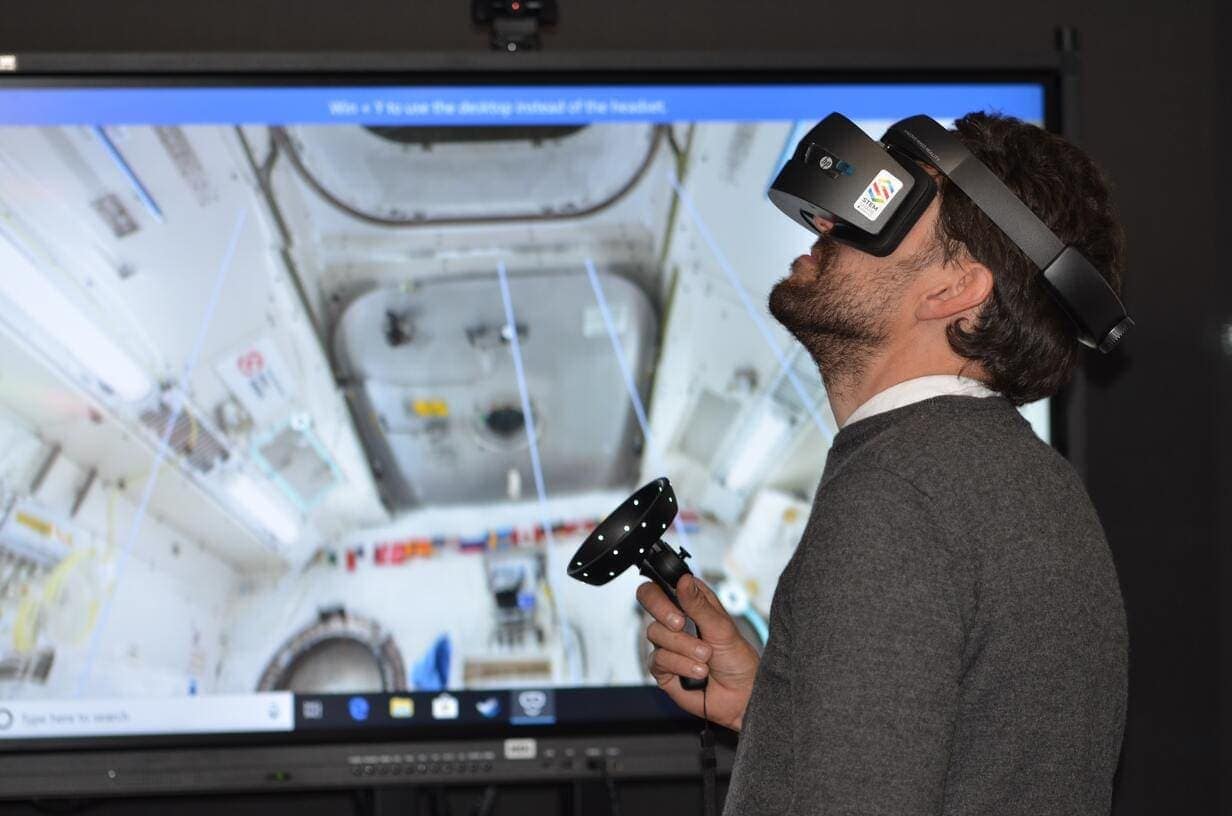
One of the hottest current trends in infrastructure design and construction are digital twins.
But what exactly are digital twins? No, definitely not an electropop musical duo.
Digital twins are virtual replicas of real objects, projects and processes often connected in real time to their twins and can then capture, analyse, simulate predict everything that happens in the physical world as a way of improving progress, and monitoring activities and behaviours.
A brief history
A revolution in the development and use of digital twins is underway, but it is not a brand new concept.
The idea was anticipated in the 1991 book Mirror Worlds by David Gelernter. But it was computer engineer Michael Grieves in 2002 who first introduced and tested the concept of creating digital representations of physical systems within the fields of manufacturing and product lifecycle management. He continued to develop the idea through different publications.
NASA’s John Vickers coined the term digital twin in 2010, as he worked with Grieves to improve physical modelling processes used for spacecraft and space missions.

The idea has since been applied in SCADA (Supervisory Control and Data Acquisition) solutions for the remote monitoring and maintenance of facilities and buildings and BIM (Building Information Modeling), where 3D models are used to guide infrastructure design and construction.
Data-driven innovation
The development of the Internet of Things, where sensors monitor any object – no matter how big – has accelerated the use of these connected digital replicas.
It is possible to have a 2D or 3D representation of a building or road from which to check, for example, the status of an actual light fitting, or any other piece of hardware, remotely and in real time.
This technology not only provides reliable data, but also ensures physical safety and security and helps minimise risks and costs.
The digital twin’s lifecycle
On infrastructure projects, digital twins mature just like their physical siblings.
At the design phase, the digital twin is born when the information model (now adays often BIM model) is proposed.
During construction, the aim is to make sure the physical model is keeping up with and matching estimates made by its digital relation.
In the operations and maintenance stage, when the infrastructure is built, the objective is for the digital twin to mirror its real-life counterpart, providing insight and analyse to the key stakeholders, thus completing the entire lifecycle.
Some uses of the digital twin in this last phase include having instant information on the movement of people or vehicles, monitoring temperature and air quality and managing energy use.
Expanding uses
Crossover with other technologies such as artificial intelligence, augmented and virtual reality and blockchain is already beginning to expand these uses.
For example, augmented reality glasses can facilitate collaborative work between different team members in different locations. One person in a physical location can show the rest of the team the condition of the infrastructure or work, helping decisions to be made.

Drones reduce the need for operator travel to carry out maintenance and asset management. These tasks can be carried out from the control centre and automate the update of information within the digital twin. They can also help in the capture and creation of digital twins themselves with reality capture technologies such as LIDAR/Video analytics/photogrammetry helping to automate the digital representation of the physical world.
A good asset management system manages costs, risks and performance. Digital twins make it possible to improve knowledge and awareness in all three of these key variables and can provide the framework to bring them all together in models that can aid in strategic decision making thus achieving more efficient results through the scenarios analysed within the digital twins.
They also have the potential to be at the centre of different emerging and transformative digital technologies as well as informing global decision making, as more and more digital twins are brought together (environment, mobility, infrastructure, manufacturing, energy, weather, population) we can start to truly drive towards and informed and sustainable infrastructure for our planet.





There are no comments yet